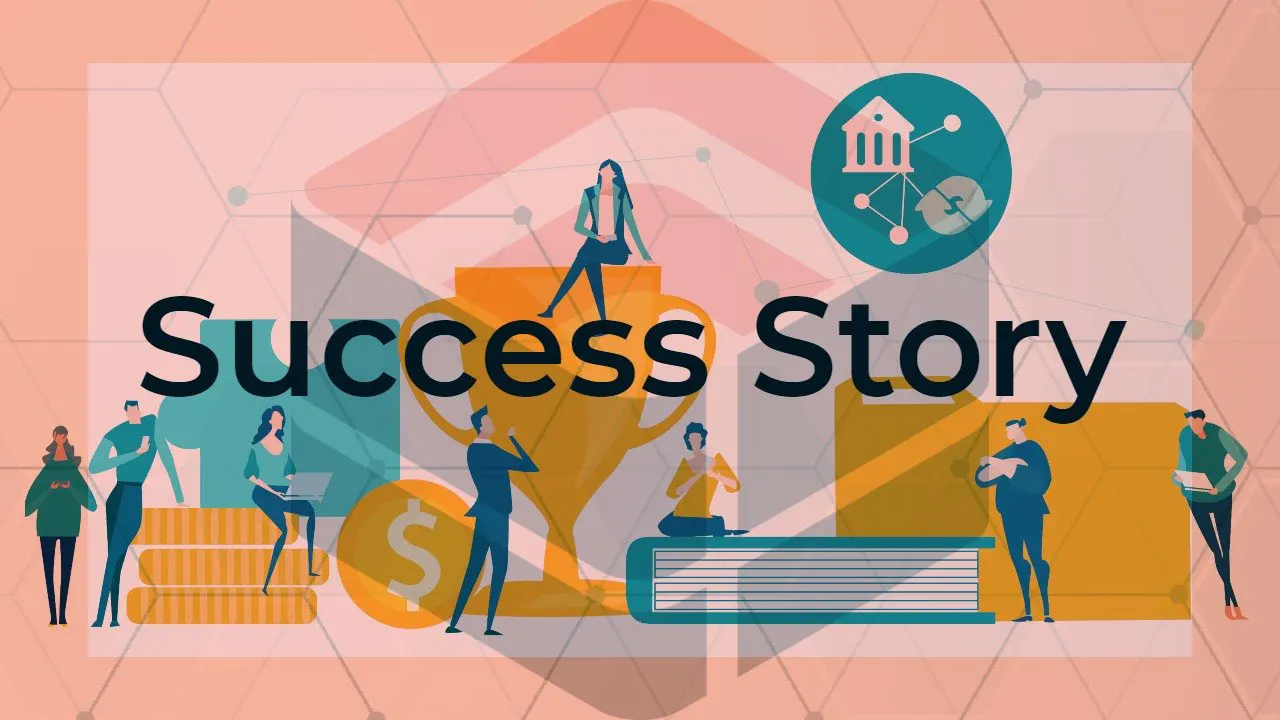MyTech Partners have been DeskDirector users since July 2013 - so that's officially 7 years of partnership. We caught up with James Motz, MyTech's STS Manager, and talked about how the product has and still is helping after all these years of adoption.
If we had to distill our conversation into a single word to describe the relationship between MyTech and DeskDirector, it would be flexibility: the importance of using a tool that allows them to build a finished product without making any assumptions for the users.
Every MSP comes with its growing pains
We asked James to give us the 5 biggest pain points he wanted to tackle for MyTech over the course of this partnership (some are still very much relevant and current), this is what his list looks like:
- well done, clean "email-no-email" ticket submission so the users can have a seamless, frictionless and fast experience
- own appropriate space on the end point that is directly managed that and allows us to reach the end user directly
- ability to granularly administer communication depending on different groups, at scale
- end user authentication
- being able to control what to put in front the end user without having to deal with an opinionated platform
We're sure that all of these would be relatable to most of DeskDirector's clients, which is why MyTech's story is so relevant.
How DeskDirector is tackling the pain points
Our platform helps the MSP and end user communication by splitting areas of competence with the three portals: User Portal, Admin Portal, and Tech Portal. Needless to say, the Admin Portal is where the MSP can review those parameters that tie all end user communication back into the PSA in a harmonious orchestration.
Being separate to the PSA, DeskDirector is the perfect single point of contact between MSP and end user. MSPs can keep the 'back end' (PSA) separate from the 'front end' (DeskDirector) and have zero worries on how their infrastructure affects the communication.
Introducing tags inside DeskDirector helped solving one of the biggest communication issues for MSPs, allowing the much needed granularity.
As per the user authentication, we'll just have to quote James - he really nailed it:
"I don't think we really appreciated your authentication mechanism until we really started thinking about how useful that is for us to have a way to authenticate that the end user that we're dealing with is effectively the person authorized to be talking to us. As a managed service we are user based rather than device based, which means managing the user is very difficult because they have the tendency to "wander around". Having a way for us to get that user authenticated into our system to manage our user base allows us to keep it all under control."
do it with my software, but do it my way
The last of those 5 pain points is the most subtle and most difficult to overcome, and we must admit that DeskDirector has been guilty of falling into that habit.
As you may or may not know, DeskDirector was born out of Lancom Technology's necessity: they needed a platform to manage and communicate their users, so they started writing the software - and it kept growing until it became... us. Like many others, DeskDirectors was initially written from that specific MSPs perspective, which meant we were a highly opinionated software.
We spent years getting out of that position and we now make every effort to write software that adapts to your specific needs, without telling you how to use solutions.
Here's James on the subject:
"I don't want every feature and I don't want everything wide open but I need to be able to flexibly adapt the tool and put our flavor into it, or we are not going to invest on it. We may ride for a while, but we are not going to make that long term commitment that we basically have with you guys. It's been one of the longest partnerships we've had outside of our PSA, and it's because you've nailed a lot of our pain points just intuitively, even when there has been some neglect on our end during particularly busy periods. You have given us the flexibility to nail these targets."
And:
"That sort of native flexibility is a pretty strong trait. We are not relying on trying to re-display ConnectWise exactly to our end users. You are your own interface who then talks to ConnectWise and that distinction doesn't feel like a lot until it's gone. If I'm just re-displaying ConnectWise to those end users, it's gonna be a lot different, a lot more work for me to figure out how to make it look good. If I've got to work with you and have you talk to ConnectWise I have all that flexibility back that I need".








